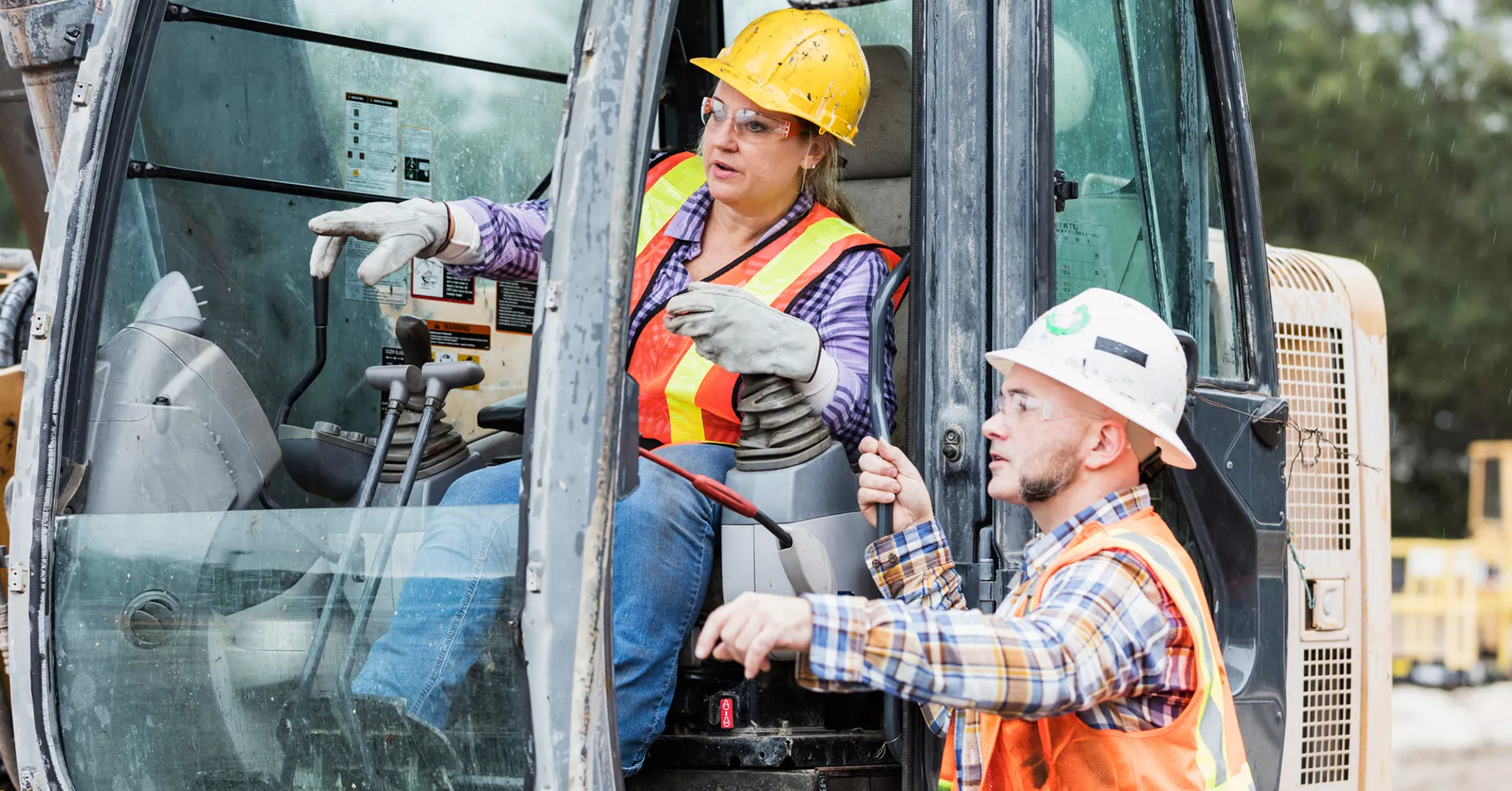Safety is a critical concern in the construction industry, where the potential for accidents and injuries is high. Managing construction site safety effectively is not only a legal obligation but also a moral one. Ensuring that workers return home safely every day is paramount, and it requires a comprehensive approach that involves planning, training, and the use of modern technology. This article outlines effective strategies for managing construction site safety to minimize risks and promote a safe working environment.
1. Developing a Comprehensive Safety Plan
A well-defined safety plan is the cornerstone of any construction project. This plan should detail all potential hazards, safety procedures, and emergency response protocols. It must be tailored to the specific site, taking into account the unique challenges and risks associated with the project. The safety plan should be reviewed regularly and updated as needed to reflect changes in the project scope or site conditions. Involving all stakeholders, including project managers, supervisors, and workers, in the development of this plan ensures that everyone is aware of the safety requirements and committed to following them.
2. Conducting Regular Safety Training
Regular safety training is essential for ensuring that all workers understand the risks associated with their tasks and know how to perform their duties safely. Training should cover a range of topics, including the proper use of personal protective equipment (PPE), safe operation of machinery, and emergency procedures. Additionally, workers should be trained to recognize hazards and report unsafe conditions. Ongoing training sessions, refresher courses, and safety drills help keep safety top of mind and ensure that all personnel are equipped to handle any situation that may arise on the job site.
3. Implementing Site Inspections and Audits
Regular site inspections and safety audits are crucial for identifying potential hazards and ensuring compliance with safety protocols. These inspections should be conducted by qualified safety personnel who can assess the site conditions and recommend corrective actions. Inspections should cover all aspects of the site, including scaffolding, machinery, electrical systems, and worker behavior. Using Construction Estimating Services can help project managers allocate resources effectively to address any safety concerns that arise during these inspections. By proactively identifying and mitigating risks, construction sites can significantly reduce the likelihood of accidents.
4. Promoting a Safety-First Culture
Creating a culture that prioritizes safety over productivity is essential for managing construction site safety effectively. This culture should be ingrained at all levels of the organization, from top management to frontline workers. Leadership must set the tone by demonstrating a commitment to safety and holding everyone accountable for following safety protocols. Encouraging workers to speak up about safety concerns and rewarding safe behavior can also help reinforce this culture. A safety-first culture not only reduces the risk of accidents but also improves overall morale and productivity.
5. Utilizing Technology to Enhance Safety
Modern technology offers a range of tools that can enhance construction site safety. Drones, for example, can be used to conduct aerial inspections, monitor site conditions, and identify potential hazards from a safe distance. Wearable technology, such as smart helmets and vests, can monitor worker health and alert supervisors to signs of fatigue or heat stress. Additionally, Building Information Modeling (BIM) and Construction Takeoff Services can be used to plan and simulate construction activities, allowing project managers to identify and address safety risks before work begins. By integrating these technologies into the safety management process, construction firms can significantly improve site safety.
6. Ensuring Proper Use of Personal Protective Equipment (PPE)
Personal Protective Equipment (PPE) is a vital component of construction site safety. Ensuring that workers have access to and use the appropriate PPE for their tasks is critical in reducing the risk of injury. This includes helmets, gloves, safety glasses, high-visibility clothing, and respiratory protection. Supervisors should conduct regular checks to ensure that PPE is in good condition and that workers are using it correctly. Additionally, workers should be trained on the importance of PPE and how to properly fit and maintain it.
7. Effective Communication on the Job Site
Clear and effective communication is key to maintaining safety on a construction site. Workers need to be aware of potential hazards, changes in the work environment, and emergency procedures. Regular safety meetings, toolbox talks, and clear signage can help ensure that everyone on site is informed and prepared. Using radios or mobile communication devices can also facilitate quick and efficient communication between workers and supervisors, especially in large or complex job sites.
8. Emergency Preparedness and Response
Despite the best efforts to prevent accidents, emergencies can still occur. Being prepared for these situations is crucial for minimizing their impact. Every construction site should have a detailed emergency response plan that includes procedures for evacuation, first aid, and communication with emergency services. Workers should be trained on these procedures and participate in regular drills to ensure that they know how to respond in an emergency. Having first aid kits, fire extinguishers, and emergency exits clearly marked and easily accessible can also help in managing emergencies effectively.
9. Conclusion
Managing construction site safety requires a proactive and comprehensive approach that involves planning, training, inspections, and the use of modern technology. By developing a robust safety plan, promoting a safety-first culture, and utilizing tools like BIM and Construction Takeoff Services, construction firms can significantly reduce the risk of accidents and ensure a safe working environment for all. As the construction industry continues to evolve, embracing these strategies will be essential for protecting workers and ensuring the successful completion of projects.

